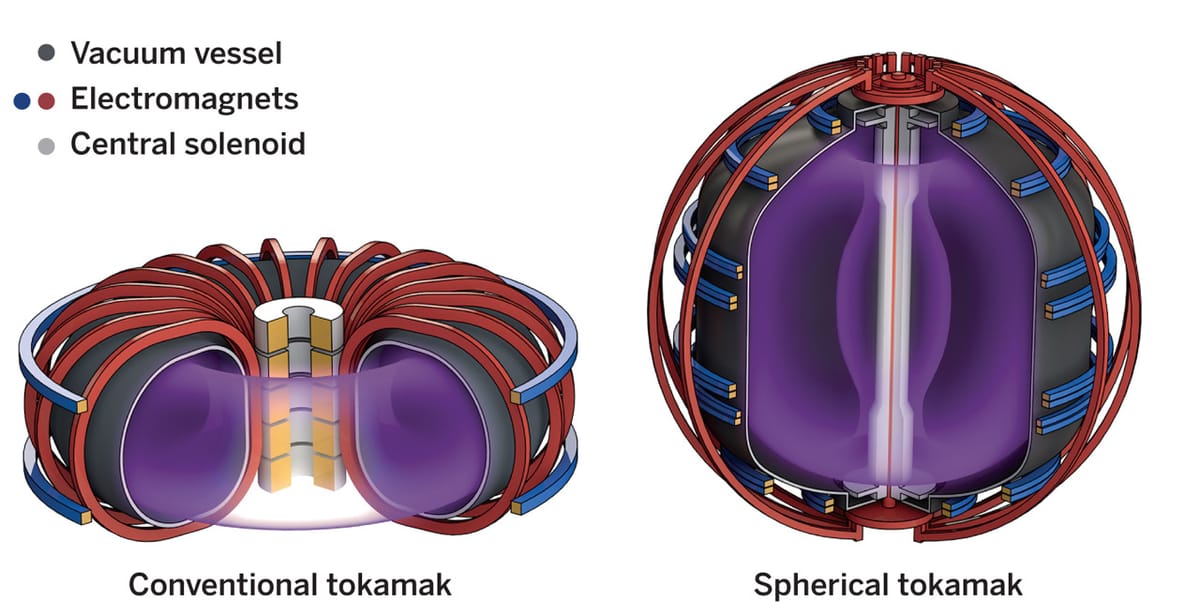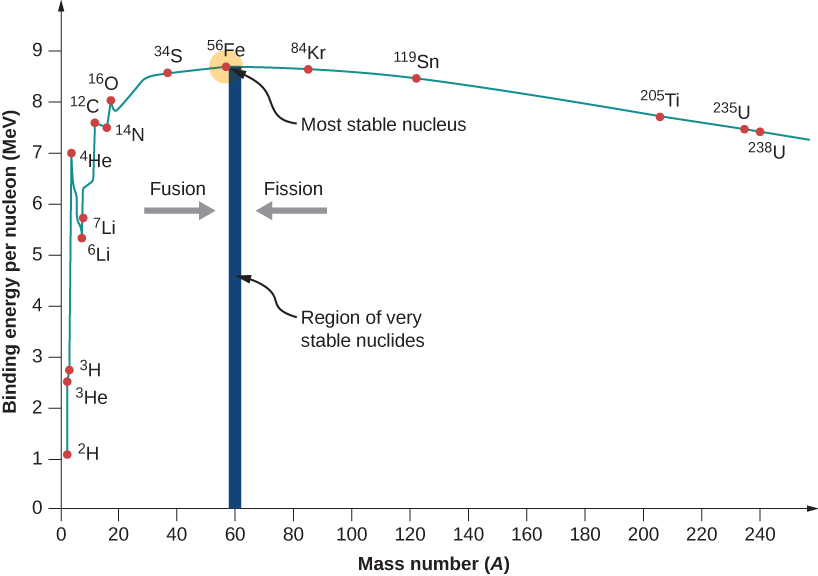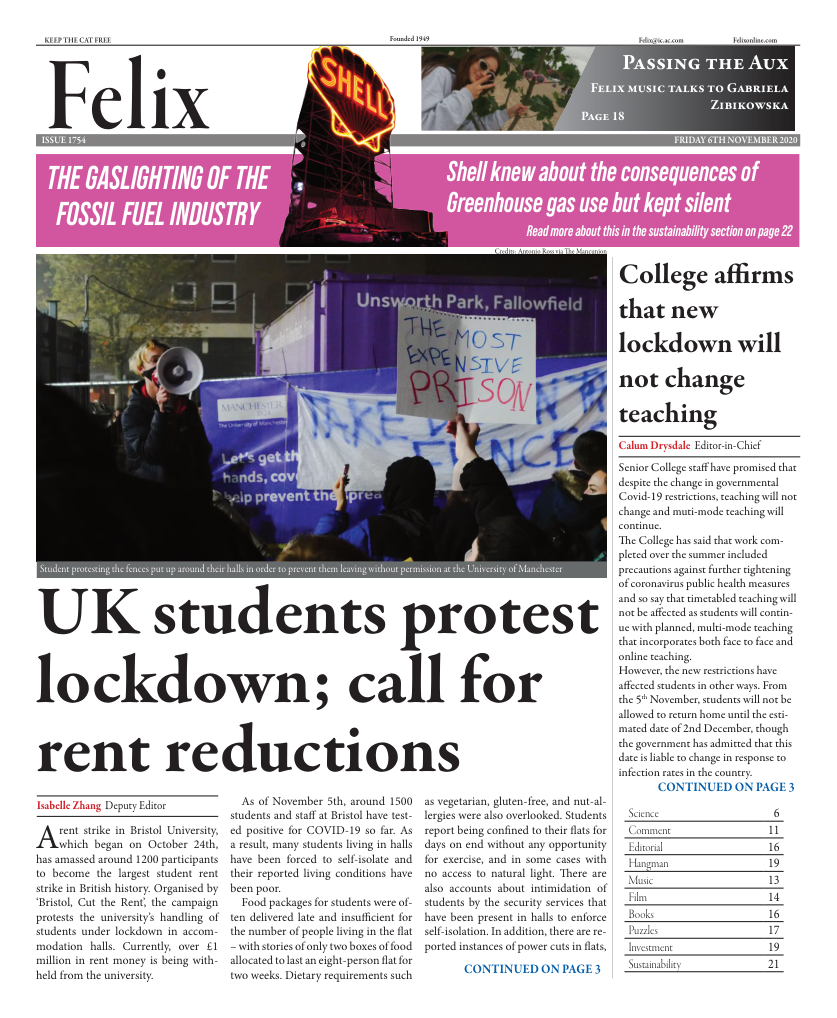UK’s latest fusion reactor, MAST Upgrade, boots up
Most recent iteration of UK's fusion reactor successfully ignited for the first time

The UK’s latest £55m nuclear fusion experiment switched on last Thursday (October 29th) after a seven-year build.
Located at the Culham Centre for Fusion Energy in Oxfordshire, the Mega Ampere Spherical Tokamak (MAST) Upgrade is a successor experiment to the original MAST, which operated from 1999 to 2013.
What makes MAST Upgrade unusual is its shape; while more wellknown fusion experiments such as France’s ITER are tokamaks based on a torus (essentially, a doughnut), MAST Upgrade is a spherical tokamak, which has a shape more akin to a cored apple.
Both designs operate on the same principle: confine a super-hot hydrogen plasma in the shape of a torus using strong magnetic fields, sustaining a steady rate of fusion reactions. However, the ‘cored apple’ shape of the spherical tokamak is expected to give multiple advantages over the torus shape of the traditional tokamak, namely making it more compact and able to use magnetic fields more efficiently. The MAST Upgrade experiment aims to shed new light on the practicality of the spherical tokamak design for compact power plants.
MAST Upgrade is also the first fusion reactor to make use of the ‘Super- X divertor’, which is a system that aims to expel spent plasma by cooling it more than commonly used exhaust systems. With cooler material going through the divertor, materials used on divertor surfaces should be able to last longer before needing replacement. The Culham Centre for Fusion Energy believe that this system, if shown to work successfully, will be a key design for commercial fusion reactors.
In a Government press release, Science Minister Amanda Solloway looked forward to the future: “We want the UK to be a world leader in fusion energy and to capitalise on its amazing potential as a clean energy source that could last for hundreds of years. Backed by £55 million of government funding... [MAST Upgrade] takes us another step closer towards our goal of building the UK’s first fusion power plant by 2040.”
However, the Government’s commitment to the UK being a world leader in fusion remains in doubt. Despite calls from scientists for the UK to remain part of the European Atomic Energy Community (Euratom), the UK has not yet resolved this in the ongoing Brexit negotiations and is thus not currently party to the ITER programme, which aims to construct the world’s largest tokamak and demonstrate that fusion is indeed a viable energy source.











